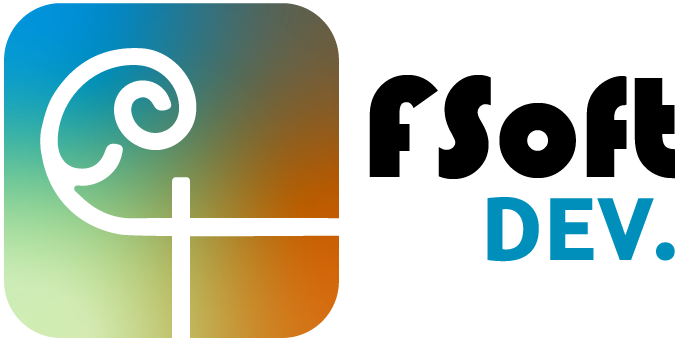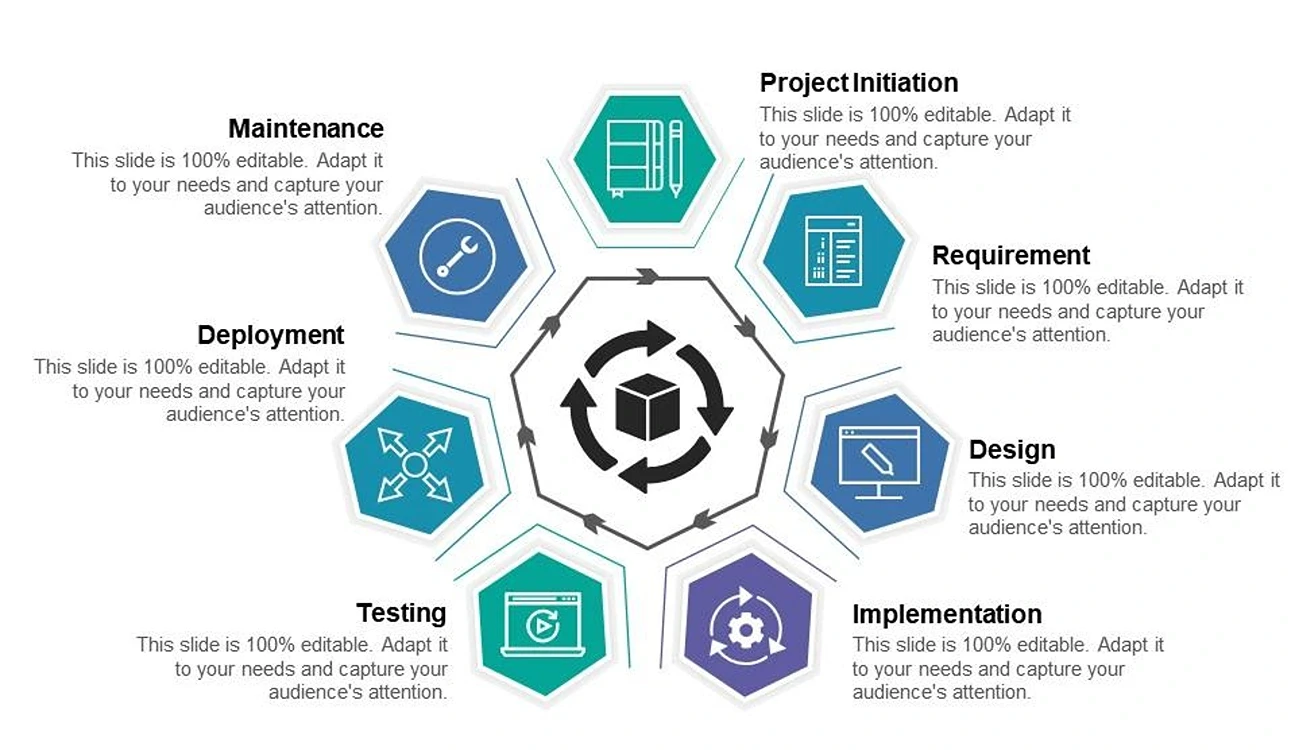When we talk about building enterprise systems – whether it’s an accounting platform, an ERP solution, an e-learning portal, or an e-commerce store – success is never just about writing code or designing a sleek interface. The real success lies in the methodology guiding the process: how you translate business needs into a robust system that can grow and serve the organization for years to come.
Why Methodology Matters
Think of constructing a 30-story building. It’s not enough to have the best concrete and steel; you need a blueprint, a phased plan, and a team that knows exactly what to do at every step. That’s exactly what software development methodologies provide: structure, reduced risk, and a final product that actually aligns with business needs.
Key Methodologies in Enterprise Development
- Waterfall:
Works best for projects with stable, well-defined requirements. Each stage is completed before moving to the next. For example, when we developed the accounting system for Al-Asoudi Building Materials, the financial processes were clear and fixed, making Waterfall the most efficient approach. - Agile:
Ideal for dynamic projects where requirements evolve. Work is delivered in short cycles (Sprints), with continuous feedback from stakeholders. A real case: the e-learning platform for the Red Cross & Red Crescent in Saudi Arabia. The platform needed constant adjustments to match training requirements, and Agile allowed us to adapt quickly. - DevOps:
Goes beyond development—it’s about full integration between development and operations. The focus is on automation, continuous delivery, and real-time monitoring. This was critical for Malmasi Store and Eva Beauty, where we needed rapid updates and consistent uptime for thousands of online shoppers.
From Concept to Execution: Our Process
- Requirement Analysis: We don’t just ask, “Do you need an accounting system?” We dive into daily workflows—how invoices are managed, how inventory is tracked, and how banking transactions are reconciled.
- System Architecture: Choosing between Monolithic vs. Microservices, and planning integrations with existing systems.
- Development: Leveraging frameworks like Laravel and Flutter to ensure flexibility and scalability.
- Testing: Functional, performance, and security testing. For example, in Ahl Al Madinah Store, we placed special focus on payment gateway testing to ensure reliability.
- Deployment & Maintenance: With CI/CD pipelines and monitoring tools, we continue to ensure performance and stability long after launch.
Lessons Learned from Real Projects
- Methodology is not one-size-fits-all. Each project demands a tailored approach.
- User experience is non-negotiable. No matter how powerful a system is, if it’s hard to use, adoption will fail.
- Security and scalability must be built in from day one. Retrofitting them later is costly.
- Integration is a competitive edge. For instance, linking e-commerce platforms with payment gateways and logistics systems creates real business value.
Final Thoughts
Building enterprise systems is both an art and a science. It’s not just about having skilled developers, but about choosing the right methodology, applying it with real-world experience, and keeping the client at the center of every decision. In the end, a system is never “just software”—it’s a strategic tool that drives efficiency and fuels organizational growth.
 English
English
 العربية
العربية


Add New Comment